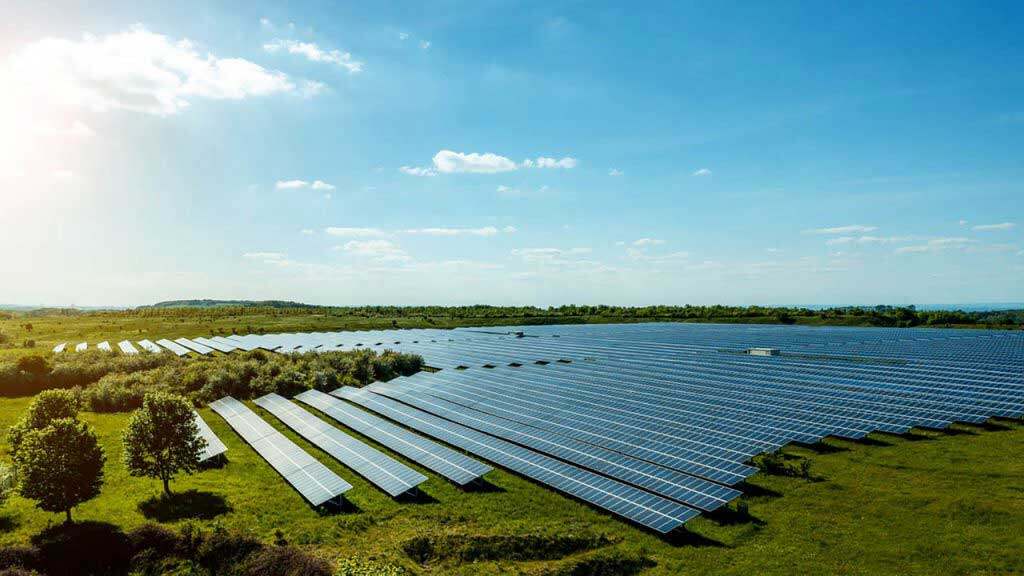Opinion: To make the transition to renewable energy, we need skilled migration, more learning on the job, and increase the number of qualified graduates in relevant fields, says Ralph Cooney


There is an international acceptance that the only practical pathway to achieve zero carbon emissions is a shift from fossil fuels to natural solutions and renewable technologies.
This will also require a shift in equipping and educating people so that we have a workforce with the necessary expertise.The New Zealand Government has recently signed a pledge to triple renewable energy and double energy efficiency by 2050.
Failing to switch from fossil fuels to renewables is projected to cause one billion climate-caused deaths over the coming century and is expected to affect four generations globally.The key global renewables include solar, wind, hydro, tidal, and new green small nuclear. (Small Modular Reactors are being developed by Westinghouse, Nuscale and Rolls-Royce.)
Solar, wind and electric vehicles, in that order of success, are largely responsible for improved global warming estimates since 2015. One acre of solar panels, for instance, saves up to 140 metric tons of carbon dioxide.Global investments by governments and the private sector have provided the drive to launch the renewables revolution.
Worldwide jobs in renewables reached 13.7 million in 2022 up from 7.3 million in 2012. New investments in renewables have skyrocketed to US$358 billion in the first six months of 2023, which is a 22 percent rise compared with the start of last year and an all-time high for any six-month period. The private sector provides the greater share (75 percent) of the global investments of renewable energy jobs, which have almost doubled in 10 years.
“Competition between countries for workers with relevant skills and experience will be very intense, in the same way that there is global competition for doctors, nurses and healthcare workers.”
The range of significant NZ renewable projects that are being advanced is growing rapidly and the demand for relevant skills is also expected to grow, especially in solar and wind sectors. These new projects include the Southern Green Hydrogen/Ammonia Project (a Meridian, Mitsui, Woodside Energy venture); the NZ national grid to be lifted from 84 percent to 100 percent renewable; the adoption of the agri-methane suppression additive, DSM Bovaer, which reduces methane produced by dairy cattle and beef cattle has been approved for use here in 2023; EV sales rising to 20 percent last month, from less than 4 percent in January 2022 and, finally, the NZ 2023 consent process being streamlined for 1.6GW of solar and wind renewables projects.
However, the momentum in renewables has slowed recently because of the shortage of skills in many leading countries that are attempting to recruit the expert workforce needed to pursue the expansion in solar, wind and other renewables. The UK is facing a skills gap of 200,000 workers in the sector and Germany has 1.3 million vacant jobs.
Possible solutions include skilled migration, enabling more learning on the job, retraining fossil fuel workers, and increasing the number of qualified graduates in relevant fields. A survey of Scottish fossil fuel workers revealed 80 percent of those interviewed would prefer to be working in renewables if they could afford to be retrained. The rapid advent of automation in coal mining, leading to loss of jobs in that sector, will accelerate this switch.
Competition between countries for workers with relevant skills and experience will be very intense, in the same way that there is global competition for doctors, nurses and healthcare workers. The wealthier economies will be in a stronger position to attract such renewables workers from the contested international pool in the same way as has happened with health workers during Covid.However, recent experience in Tonga and other Pacific Islands, suggest that less wealthy states can also develop advanced renewables infrastructure.
The Pacific Island environment, facing the brunt of climate change, has high solar and wind potential, and will favour both of these technologies. The largest solar project in the Pacific is the Sunergise Tongatapu Solar Farm, which is expected to produce 6.9MW of renewable power. This project in Western Tongatapu established in late 2022, has survived extreme events including the Hunga Tonga-Hunga Ha’apai eruption in 2022 and resulting tsunami.
There are challenges ahead. Disruptive factors include the growing trend towards green protectionism. (US solar panels are already double the price of the panels made in China and in South-East Asia.) Other challenges include low returns on investments, government bureaucracy and supply chain problems; governments need to strip back permitting rules and ease the risk of projects especially those in less wealthy countries.
Also, inevitably, the development of the array of new renewable technologies will encounter the usual problems of the need to improve existing prototypes; but just as we’ve witnessed with mobile phone technology, improvements and efficiencies will happen over time.
The international renewables sector will be offering a diverse variety of careers from apprenticeships to postgraduate qualifications, including planners, economists, project managers, engineers, materials specialists, data scientists, communications professionals, business developers and even helicopter pilots. A spokesperson for RenewableUK predicts that the sector will see massive growth in jobs in the coming years.
For graduates seeking well-paid jobs in a high-growth sector, the increasing number of postgraduate renewables courses in Europe, UK, USA and Australia will be an attractive career option. Courses such as that at Aarhus University in Denmark and the extremely popular Oxford University course are leading the way. A course at Victoria University Wellington provides two pathways of entry – engineering and a more general pathway for non-engineers.
The scientific community has done well communicating the seriousness of the climate impacts to the general public but has been less effective in defining the most practical pathway out of the crisis. That pathway involves the range of renewable technologies, but the development in these technologies is being held up by a global bottleneck in available scientific and engineering skills.
We need to address this skills bottleneck urgently, because failing to do so will contribute to a massive loss of human life around the planet over the next century.
A practical solution would involve a government and private sector supported network of planners, researchers, scientists, engineers, designers, project managers, apprentices and many others all focused on developing the renewables.
The supply of these critical jobs and skills will require cooperation across the tertiary educational sector, and a strong culture of interdisciplinary cooperation and innovation, to be a practical and planet-saving success.








































